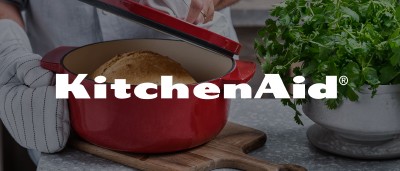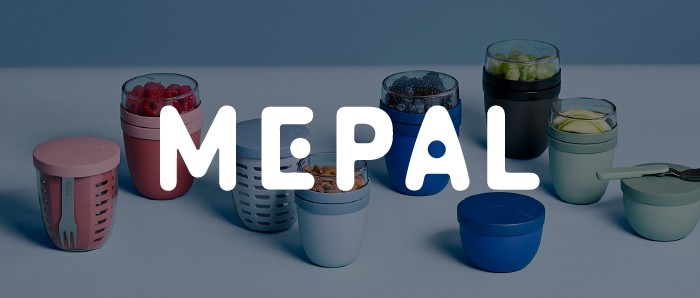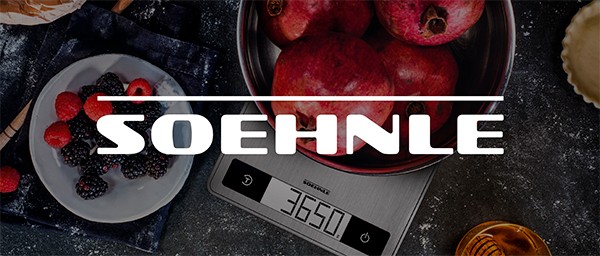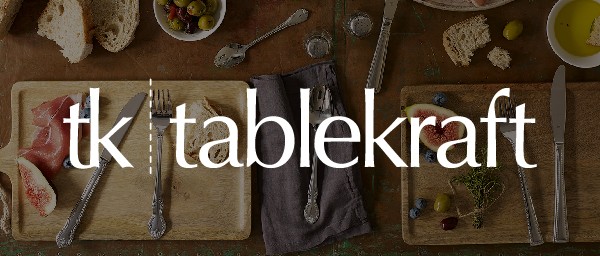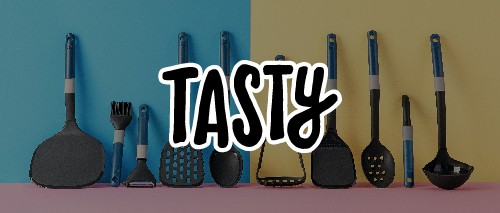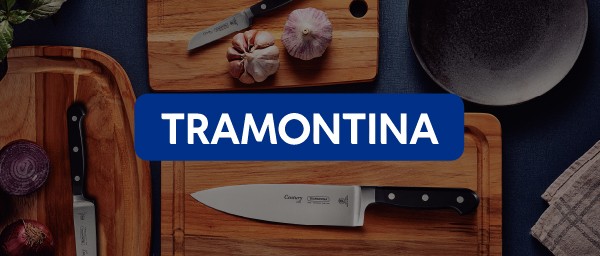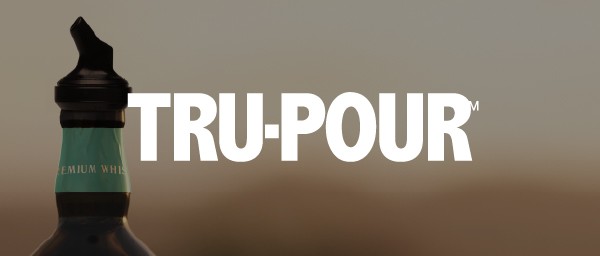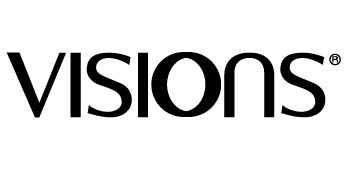What Are Tools For Gardening And Their Uses
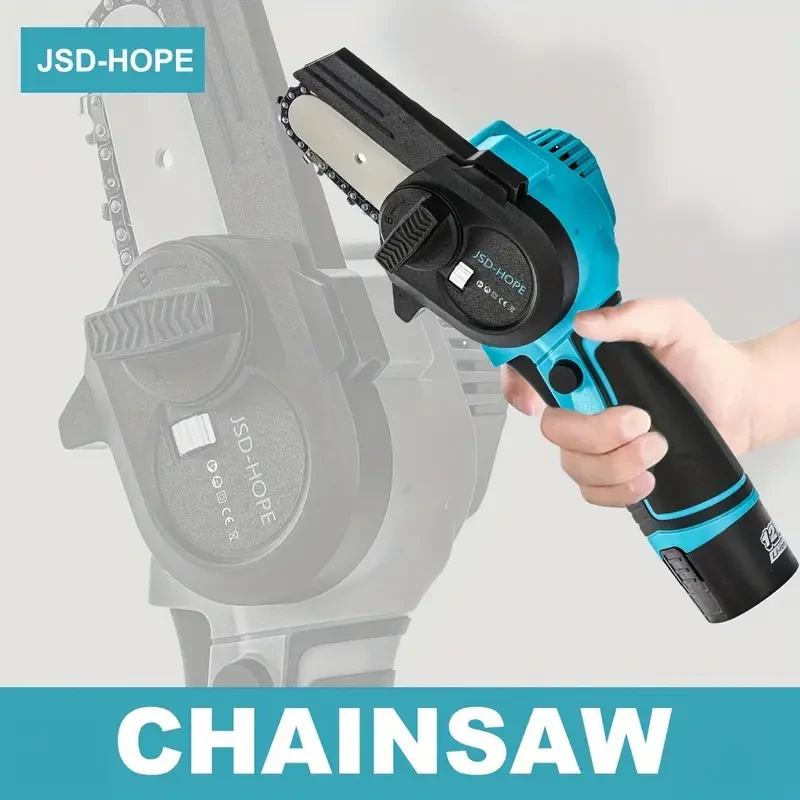
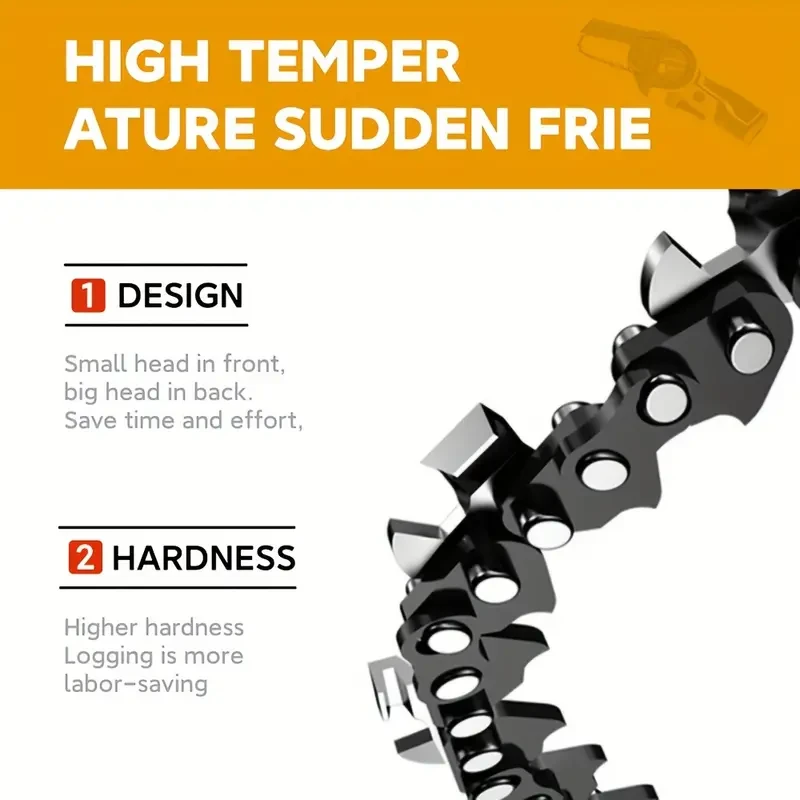
Jsd-Hope Compact Handheld Electric Chain Saw - Rechargeable Battery
Gift Tree
Approx $76.99 USD
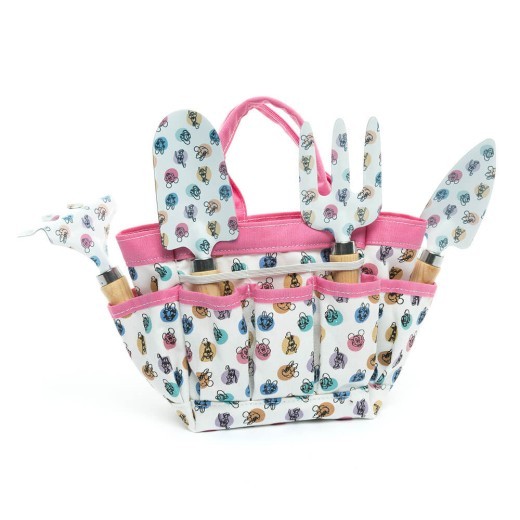
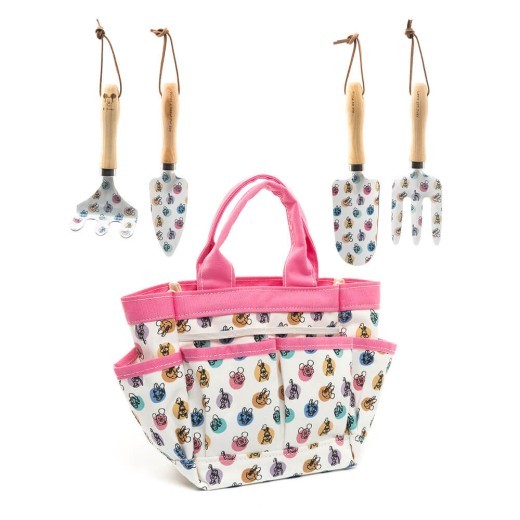
Mickey & Friends Childrens Gardening Tool Set With Bag
Jardinopia Garden Decor
Approx $76.99 USD
Gardening is a rewarding and therapeutic hobby enjoyed by many people around the world, including in New Zealand, where diverse climates and rich soils provide the perfect conditions for growing various plants. Whether you are new to gardening or an experienced gardener, having the right tools is essential for maintaining a healthy, thriving garden. The right tools can make all the difference in ensuring your garden flourishes and that you can complete tasks efficiently and effectively.
Gardening tools are specifically designed to help with a variety of tasks, from planting seeds to pruning bushes, weeding garden beds, and maintaining lawns. In this guide, we will introduce the different types of gardening tools, explain their uses, and provide tips on how to choose the best tools for your garden. From hand tools to powered equipment, this guide covers everything you need to know about gardening tools in New Zealand.
Types of Gardening Tools and Their Functions
There are several types of gardening tools, each designed to serve a specific purpose in your garden. Understanding the different types of tools and their uses can help you maintain a productive and aesthetically pleasing garden. Let’s explore the main categories of tools and their applications.
Hand Tools
Hand tools are essential for every gardener, and they are typically lightweight, portable, and easy to use. These tools are ideal for smaller tasks such as planting, weeding, and trimming. Here are the most commonly used hand tools for gardening:
1. Trowel
A trowel is a small, handheld tool with a pointed, scoop-like blade. It’s perfect for digging small holes, planting seedlings, and transferring plants into pots. A trowel is essential for gardeners working with flowers, herbs, or small vegetables.
- Uses: Digging small holes for planting, transferring plants, mixing soil.
-
Tip: Choose a trowel with a comfortable grip and a sturdy, rust-resistant blade for long-lasting performance.
2. Pruning Shears
Pruning shears, also known as secateurs, are designed for trimming and shaping plants. They are especially useful for cutting back branches, removing dead flowers, and ensuring healthy growth in bushes, shrubs, and trees. Pruning shears come in two main types: bypass and anvil. Bypass shears work like scissors and are ideal for clean cuts, while anvil shears are better for cutting through tougher branches.
- Uses: Pruning branches, trimming hedges, deadheading flowers.
- Tip: Look for ergonomic handles to reduce hand strain and ensure clean cuts.
3. Garden Fork
A garden fork is designed for digging, loosening soil, and aerating garden beds. Unlike a spade, which is better for digging into hard ground, the fork’s tines can easily break up compacted soil, making it easier to prepare the ground for planting.
- Uses: Loosening soil, aerating garden beds, turning compost.
- Tip: Choose a fork with long tines for better leverage and ease of use when turning the soil.
4. Hoe
A hoe is a versatile tool used for cultivating the soil, breaking up clumps, and removing weeds. It is an essential tool for maintaining vegetable gardens, flower beds, and garden pathways. There are different types of hoes, including scuffle hoes for weeding and draw hoes for digging.
- Uses: Weeding, cultivating soil, creating furrows for planting.
- Tip: Look for a hoe with a sturdy, adjustable handle to work efficiently in different garden sizes.
5. Weeder
Weeders come in various designs but all serve the same purpose—removing weeds from your garden. A weeder helps to uproot weeds by pulling them out from the root, preventing them from regrowing. This is especially useful for vegetable gardens, where you want to minimize competition for nutrients.
- Uses: Removing weeds, uprooting unwanted plants.
- Tip: Use a weeder with a long handle to reduce strain on your back and avoid kneeling.
Powered Tools
For larger gardens or more demanding tasks, powered tools are indispensable. These tools are designed to help with heavy-duty tasks such as mowing lawns, trimming hedges, and tilling the soil. Let’s explore some of the most useful powered gardening tools:
1. Lawn Mower
A lawn mower is a must-have tool for maintaining your lawn. Whether you have a small suburban lawn or a larger garden, a good-quality lawn mower ensures a neat and healthy lawn. There are various types of lawn mowers, including push mowers, electric mowers, and petrol mowers. Electric mowers are particularly popular for smaller lawns due to their quiet operation and eco-friendly nature.
- Uses: Mowing lawns, maintaining grass height.
- Tip: Choose a mower with adjustable height settings to customize the grass cutting height.
2. Hedge Trimmer
Hedge trimmers are designed to trim and shape hedges, bushes, and shrubs. They are especially helpful for maintaining neat garden borders and reducing overgrowth. Electric hedge trimmers offer a cleaner cut, while petrol trimmers are better suited for large hedges or thick branches.
- Uses: Trimming and shaping hedges, cutting back shrubs, reducing overgrowth.
- Tip: Look for a hedge trimmer with adjustable blade angles to reach difficult spots easily.
3. String Trimmer
A string trimmer, or weed whacker, is ideal for trimming grass and weeds along garden edges, fences, and walkways. It’s especially useful for areas where a lawn mower cannot reach, such as narrow spaces and around obstacles like trees or rocks.
- Uses: Trimming grass and weeds in hard-to-reach places, along edges and fences.
- Tip: Choose a lightweight model with a telescoping shaft for easy adjustment and reduced fatigue.
4. Leaf Blower
A leaf blower is an essential tool for cleaning up leaves, grass clippings, and other debris from your lawn or garden. It helps to quickly clear walkways, patios, and driveways, especially in the fall when leaves tend to accumulate. Leaf blowers are available in both electric and battery-powered versions.
- Uses: Blowing leaves and debris from garden beds, walkways, and lawns.
- Tip: Choose a model with variable speed settings for more control during use.
5. Chainsaw
Chainsaws are powerful tools designed for cutting down trees, trimming large branches, and removing unwanted trees or logs. Chainsaws are available in both petrol and electric models, with electric models being more suitable for smaller tasks and easier to maintain.
- Uses: Cutting down trees, trimming large branches, logging.
- Tip: Always use safety gear, including gloves, goggles, and ear protection when using a chainsaw.
Specialized Tools
Some gardening tasks require specialized tools that are essential for maintaining specific aspects of your garden. These tools make specific jobs easier and more efficient:
1. Soil Test Kit
A soil test kit is used to measure the pH, nutrient levels, and overall health of the soil. Understanding the quality of your soil is essential for determining which fertilizers or amendments are needed to help your plants thrive.
- Uses: Testing soil for pH, nutrients, and organic matter.
- Tip: Test your soil at least once a year to ensure it’s in the optimal condition for plant growth.
2. Compost Bin
Composting is an excellent way to recycle organic waste and create nutrient-rich soil for your garden. A compost bin allows you to store and decompose garden waste, food scraps, and other organic materials. Regularly turning your compost will ensure a faster breakdown and richer compost.
- Uses: Composting organic waste, improving soil quality.
- Tip: Choose a compost bin with good airflow and a sturdy construction for efficient composting.
3. Garden Sprayer
A garden sprayer is a useful tool for applying fertilizers, pesticides, and herbicides to your plants. Garden sprayers come in various sizes, from handheld models to larger, backpack sprayers. They help distribute liquid treatments evenly over plants and garden areas.
- Uses: Applying fertilizers, pesticides, and herbicides to plants.
- Tip: Use a sprayer with an adjustable nozzle for more control and precision.
4. Irrigation System
An irrigation system ensures that your plants receive consistent water, even during dry spells. These systems can range from simple drip irrigation to automated sprinkler systems. Proper irrigation is essential for the health of your garden, especially during the hot New Zealand summer months.
- Uses: Watering plants, maintaining consistent moisture levels in the soil.
- Tip: Install a drip irrigation system for more targeted and water-efficient watering.
How to Choose the Best Tools for Your Garden
When selecting tools for your garden, it’s important to consider the size of your garden, the types of plants you have, and your personal preferences. Here are a few factors to keep in mind:
-
Durability: Choose tools made from high-quality, durable materials like stainless steel or carbon steel for longevity.
- Comfort: Opt for ergonomic handles and lightweight tools to reduce strain during prolonged use.
-
Climate Considerations: In New Zealand, some areas experience high humidity or coastal conditions, so choose rust-resistant
tools for longevity in these environments.
-
Task-Specific Needs: Select tools based on the specific gardening tasks you need to perform. For example, if you’re working
with a large lawn, invest in a high-quality mower and leaf blower. For smaller gardens, consider handheld tools.
Conclusion
Gardening tools are the foundation of any successful garden. The right tools will make gardening tasks easier, more enjoyable, and more efficient. By understanding the different types of gardening tools and their uses, you can select the best equipment to suit your gardening needs and ensure your plants grow healthy and strong. In New Zealand, where the climate varies across regions, having the right tools that can withstand the local conditions is essential for maintaining a flourishing garden.
Enter your content here
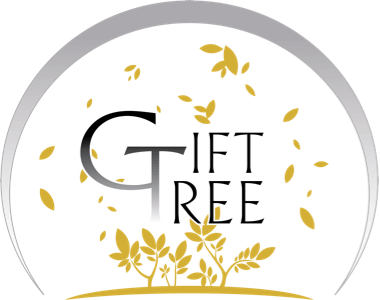
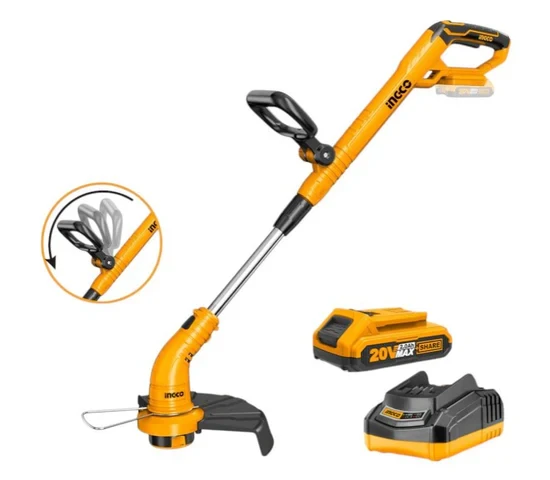


.jpg)







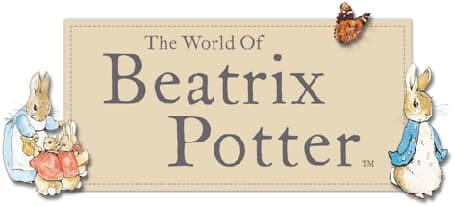
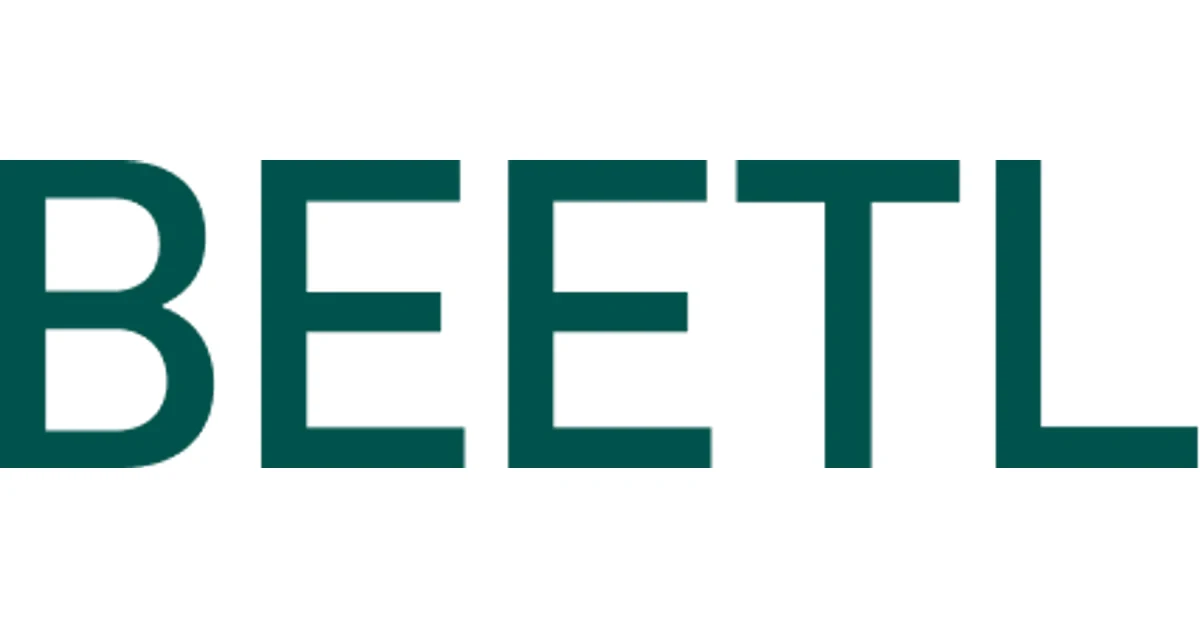
.jpg)



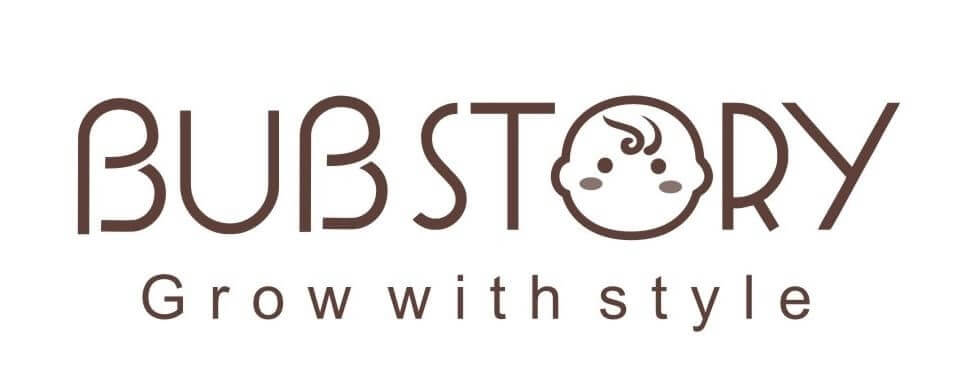

.jpeg)





.jpeg)



.jpeg)








.jpeg)



.jpeg)

.jpeg)

.jpeg)

.jpeg)


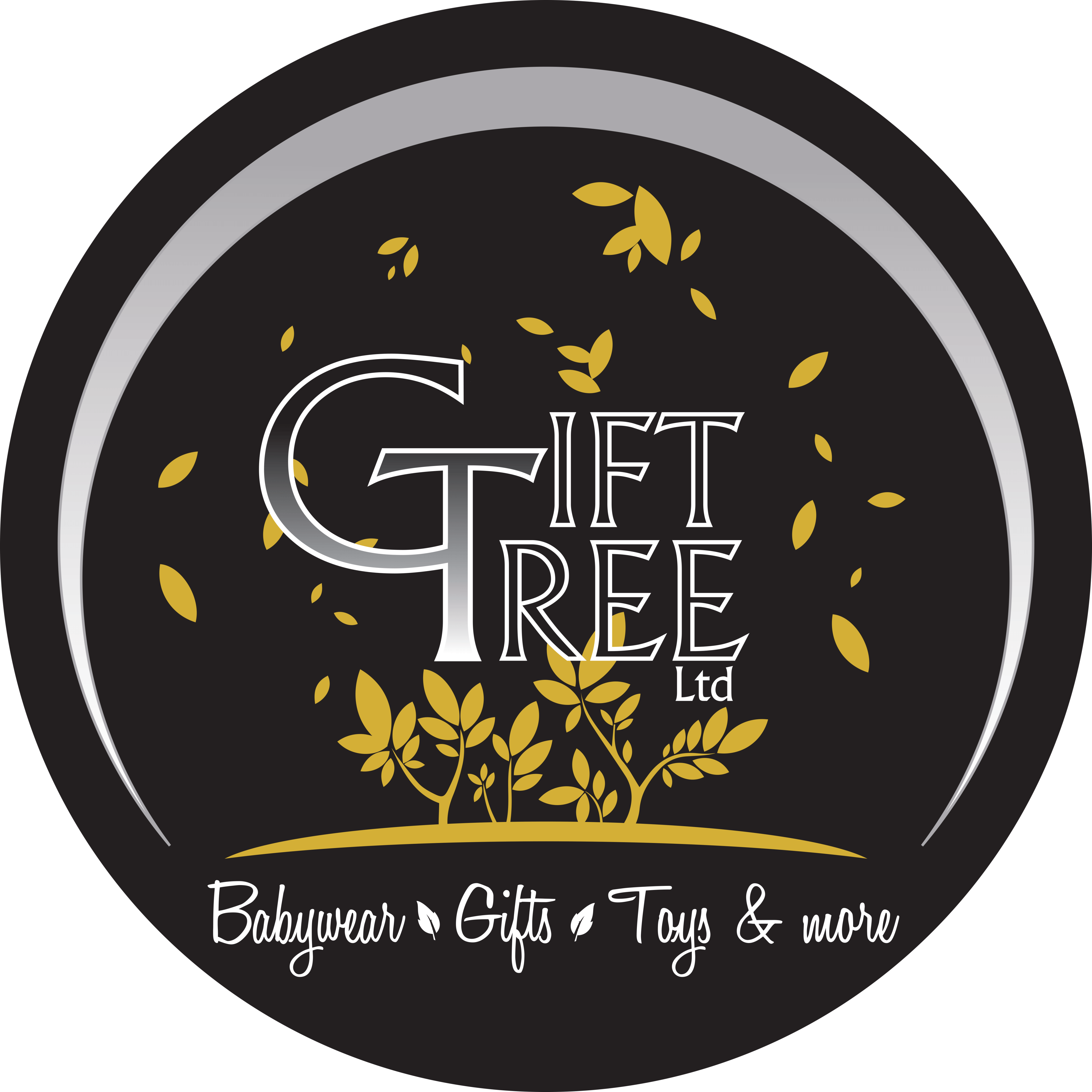

.jpeg)
.jpg)
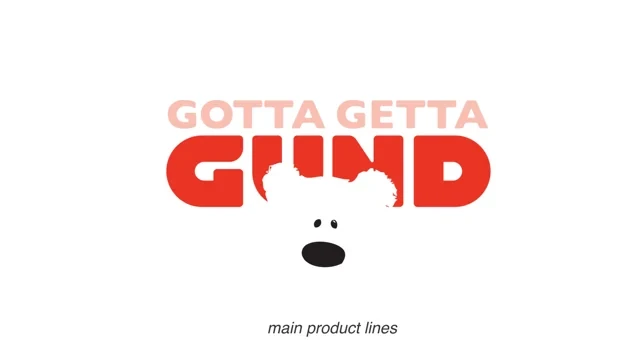
.jpeg)






.jpeg)
.jpeg)




.jpeg)





.jpeg)


.jpeg)

.jpeg)

.jpeg)

.jpeg)







.jpeg)
.jpeg)
.jpeg)





.jpeg)

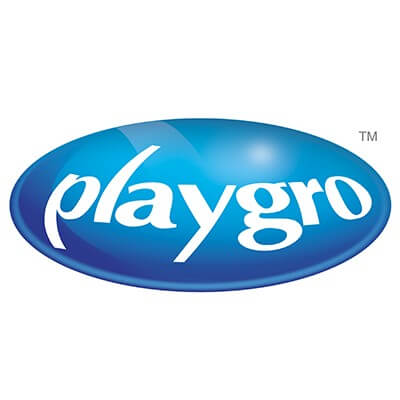

.jpeg)


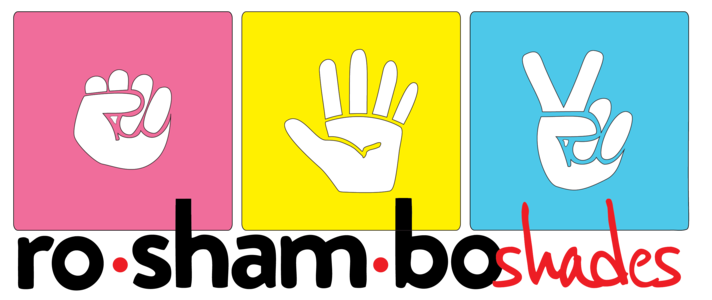



.jpg)
.jpeg)








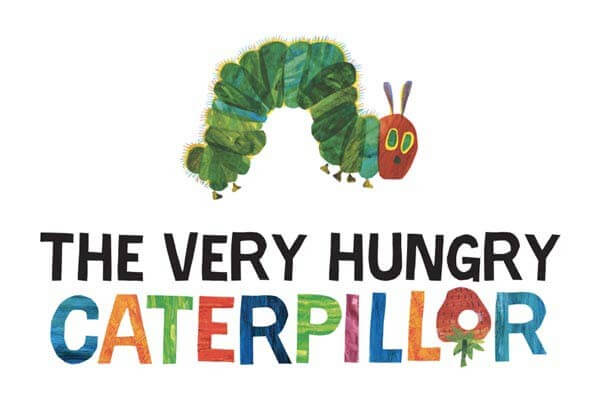
.jpg)


ulva-Logo.jpg)




.jpeg)



.png)




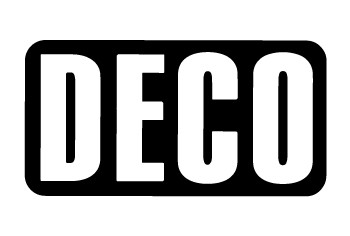
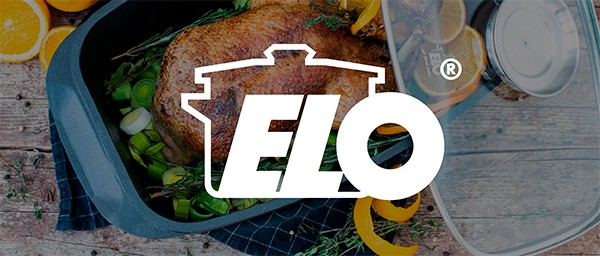
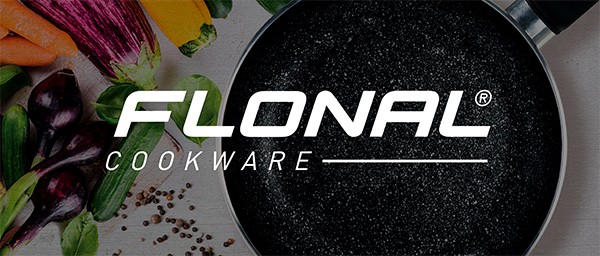
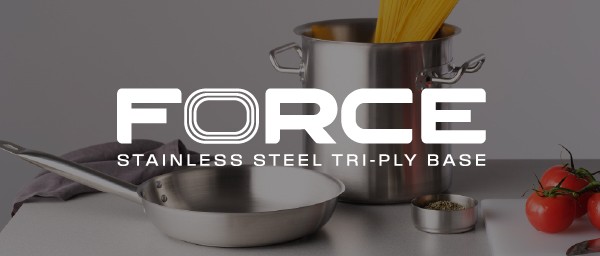
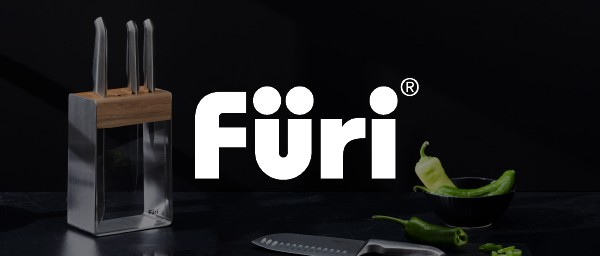

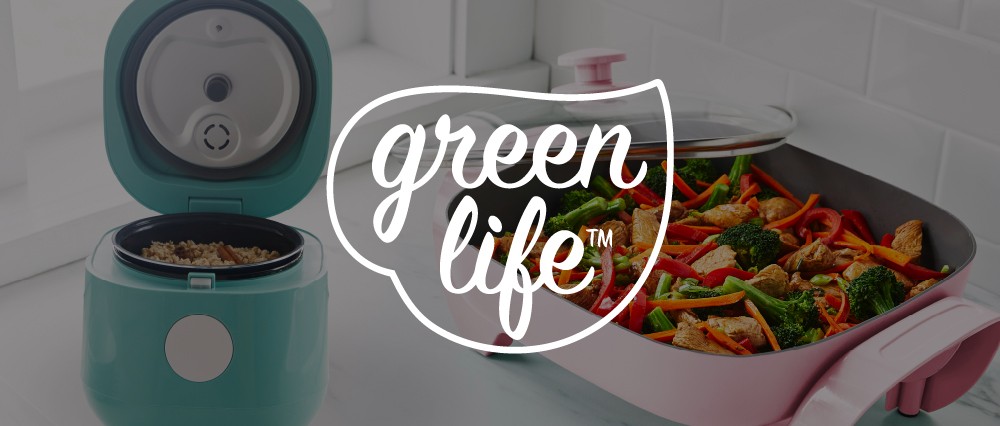



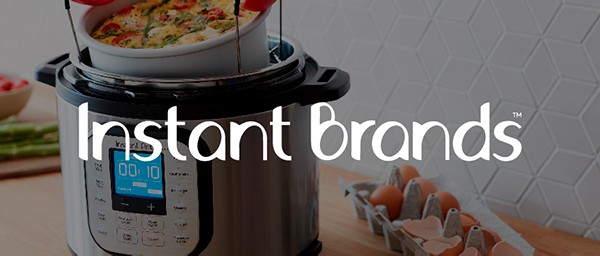
.png)


